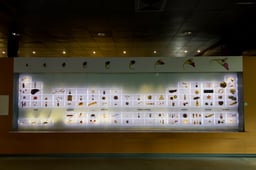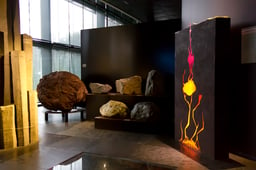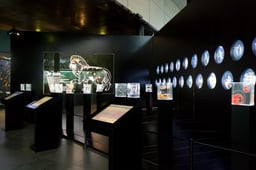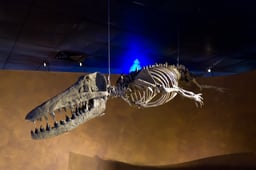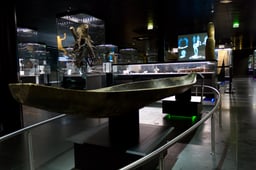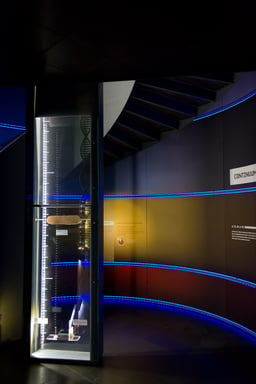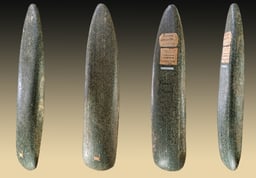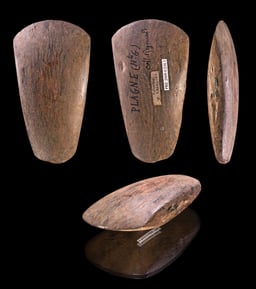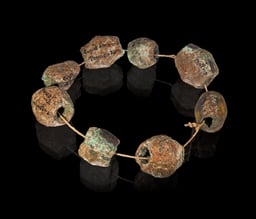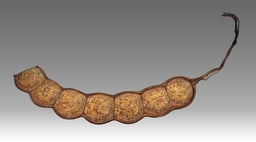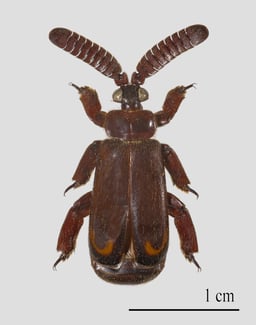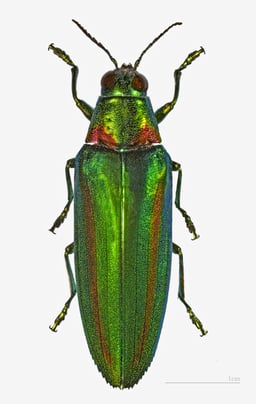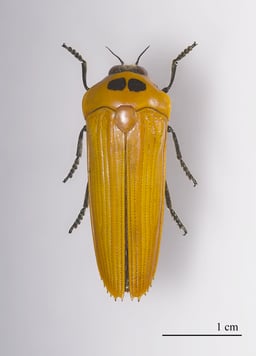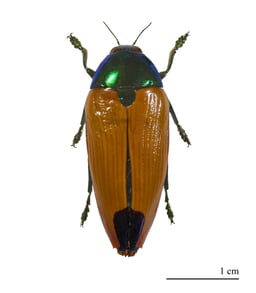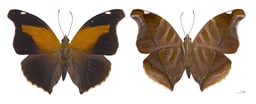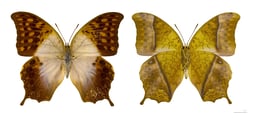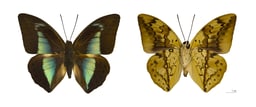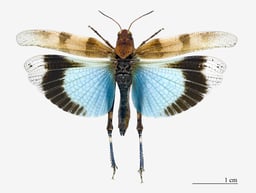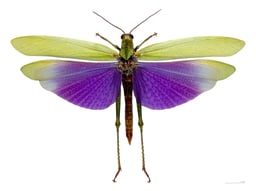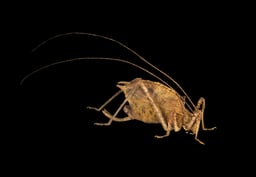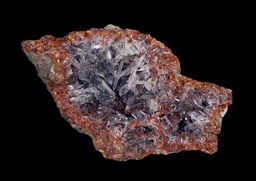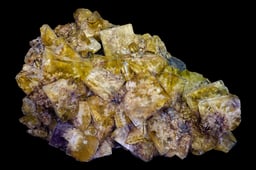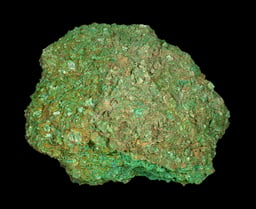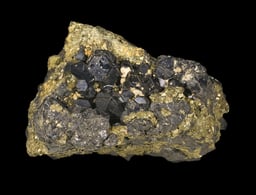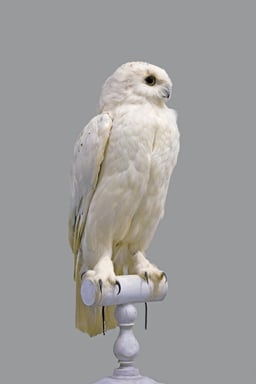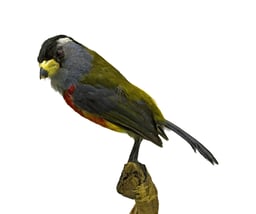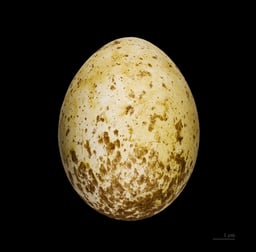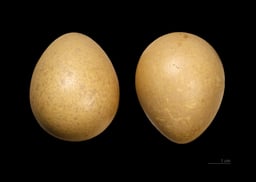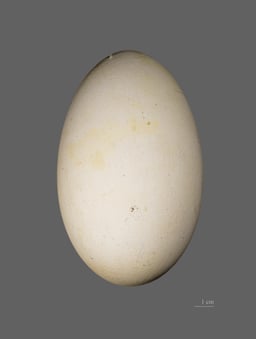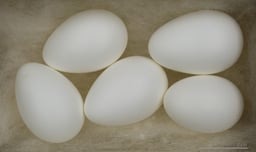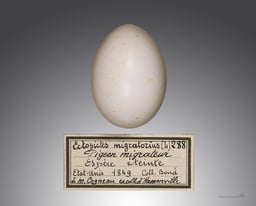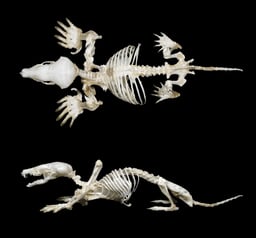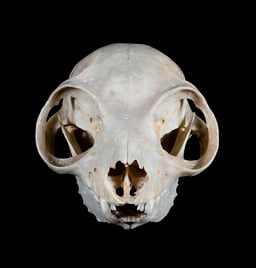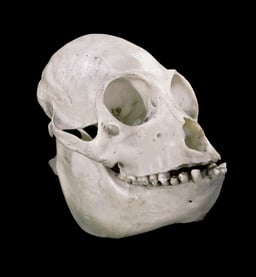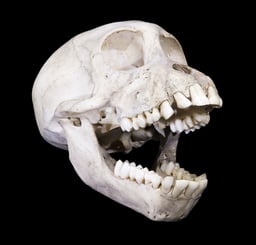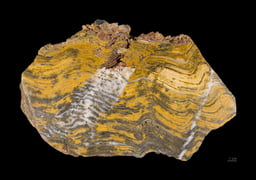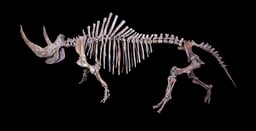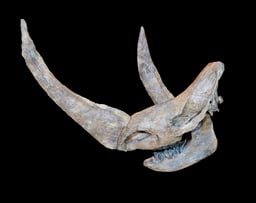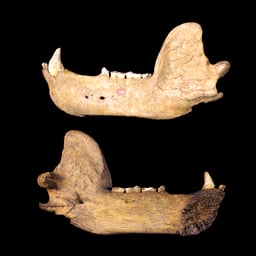Muséum de Toulouse
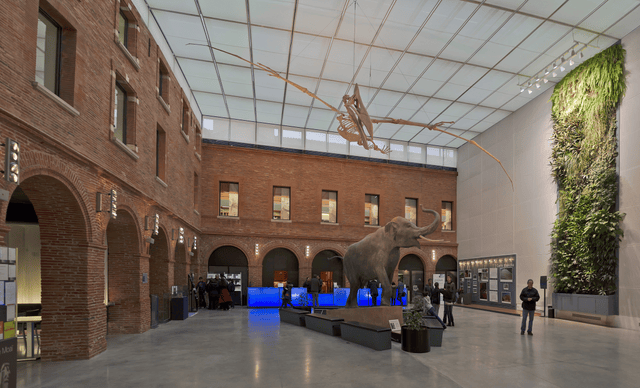
Muséum de Toulouse

Multiple view of bone Azilian harpoon head, from about 10,000 years ago
The Muséum de Toulouse, Muséum d'Histoire Naturelle de la ville de Toulouse (abbreviation: MHNT) is a museum of natural history in Toulouse, France. It is located in the Busca-Montplaisir, and houses a collection of more than 2.5 million items and has some 3 000 square metres of exhibition space.[1] Its Index Herbariorum code is TLM.[2]
History
The museum was founded in 1796 by the naturalist Philippe-Isidore Picot de Lapeyrouse, with his collections being able to be housed (after the revolution) in the former Carmelite monastery in Toulouse.[3] In 1808, the emperor Napoleon formally gifted all the Carmelite buildings and land to the city of Toulouse, [3] and in 1865 the museum was opened to the public in its present location and under the directorship of Édouard Filhol.[3] Toulouse museum was the first museum in the world to open a gallery of prehistory thanks to the collection of the malacologist Alfred de Candie de Saint-Simon[4] (1731-1851) and the collaboration of Émile Cartailhac, Jean-Baptiste Noulet, and Eugène Trutat.[5]
In 1887 (on the occasion of a world exposition in Toulouse) the botanical gardens of the University of Toulouse became part of the museum.[3] In 2008, the museum reopened in its present form (as of May 2018) with the renovations and extensions of the museum, designed by the architectural firm of Jean-Paul Viguier,[3][6] having been completed.
Permanent exhibitions
The permanent exhibition has five linked themes:
Sequence 1: Feeling the Earth's power.
Nature of the solar system and its formation. Nature of the Earth – plate tectonics, seismic and volcanic activity and erosion, petrology and mineralogy.
Sequence 2: Doing away with our notions of hierarchy.
The nature of life – biodiversity, classification, and organization.
Sequence 3: Getting to grips with the huge scale.
Earth history from 3.8 billion years ago. Introduces time, palaeontology and the evolution of life
Sequence 4: Admitting the obvious.
The main functions of living beings—feeding, respiration, locomotion, reproduction, protection and communication.
Sequence 5: Inventing the future.
The impact of human activity—demographic pressure on ecosystems and natural resources
Collections
This section presents examples to illustrate the content of each different collection of the Museum de Toulouse.
Prehistory
The prehistoric collection includes mostly artefacts excavated in France. They also contain comparative material from other parts of Europe and other continents. Notable collectors include Édouard Harlé (1850–1922), Antoine Meillet (1866– 1936), Alexis Damour (1808–1902), Félix Regnault (1847–1908), Louis Péringuey (1855–1924), Émile Cartailhac (1845–1921), Daniel Bugnicourt, Edward John Dunn (1844–1937), Henri Breuil (1877–1961), and Louis Lartet (1840–1899), as well as the curators Jean-Baptiste Noulet (1802–1890), Eugène Trutat (1840 -1910), and Édouard Filhol (1814–1883).
Botany
The herbarium contains historic specimens collected by Benjamin Balansa (1825–1891).
Entomology
Coleoptera
Lepidoptera
Orthoptera
Mineralogy
Ornithology
The bird collection of MHNT contains more than 30,000 specimens, of which 20,000 are eggs. About 8,500 bird mounts and 1,500 scientific bird skins are included. Other bird items are around 2,000 skeletons and skulls and 5,300 eggs. The collection focuses on Europe (especially France), but the collection also has exotic species . Most are documented on card or computer systems.
The bird mount collection of Victor Besaucèle, with 5,000 specimens, is one of the most important historic collections in Europe.
Other collectors represented are R. Bourret, G. Cossaune, M. Gourdon, Hammonville, A. Lacroix, and Reboussin.
The egg collection of Jacques Perrin de Brichambaut (1920–2007) was acquired in 2010. It contains his personal collections, supplemented by those of other ornithologists, notably Georges Guichard, Henri Heim de Balsac, and Rene de Naurois. It includes all the palearctic species (Europe, North Africa, and Asia), about 1,000 species and nearly 15,000 eggs, and is one of the most complete and best-documented palearctic egg collections in Europe.
Osteology
Paleontology
The specimens of the collection of paleontology amount to tens of thousands. They date from the Paleoarchean to the Eocene.
Invertebrates
The invertebrates room was named Saint-Simon in honor to the collection of the malacologist Alfred de Candie de Saint-Simon, presented during the museum opening exhibit in 1865 under the directorship of Édouard Filhol.
Vertebrates
Henri Gaussen Botanical Garden
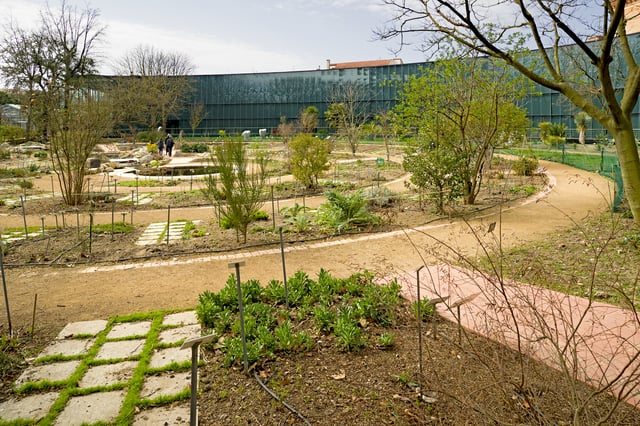
Jardin Henri Gaussen in winter
Henri Gaussen was a Toulouse-based phytogeographer and botanist. The botanic garden which honours his name is attached to the museum and is part of the Earth and Life Science Research and Training Paul Sabatier University. A second botanical area, The Museum Gardens, extends over 3 hectares. It is notable for "potagers du monde" (vegetable gardens of the world) and a "shade house" which recreates the conditions required by shade plants.
